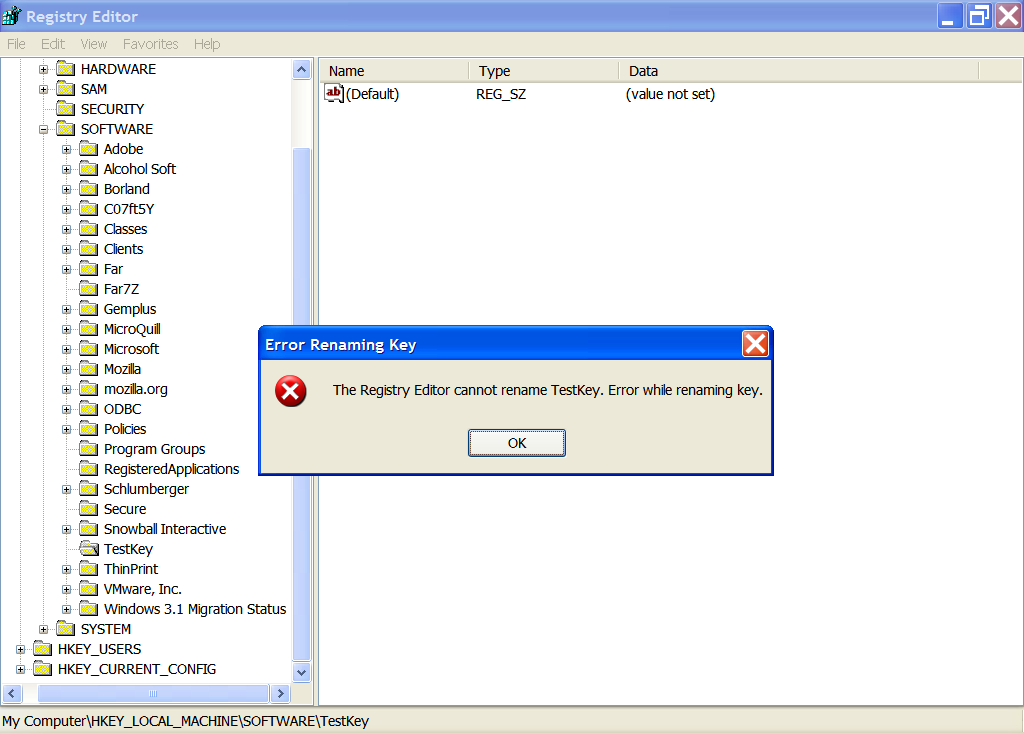


Some of these programs can be purchased outright, while others are offered as a subscription service. These programs will automate the process and often include other features such as scheduling backups, compression, and encryption. Moreover, third-party software programs that backup and restore the registry are also available. Also, you don’t have to fear losing any crucial data as the registry is backed up in its entirety. It is a simple process that can be completed in just a few minutes. Manual backups are typically done by exporting the registry to a file on another drive or storage media. Let’s look at the pros and cons of both methods. There are two ways to backup and restore the registry – manually or by using third-party software. Read more Which backup method to opt for? The export and import options are intended to backup and restore one or multiple Registry keys only.Windows 11 is the most recent version of Microsoft's operating system, and it comes with a number of. Not all data was successfully written to the Registry") trying to restore the keys using the Registry Editor or Command Prompt. Using this option, you can create a backup of the entire database, but you're likely to run into issues (such as "error accessing the Registry" or "cannot import. Wrapping things upĪs a result of enabling the system protection feature, in addition to creating backups of the Registry manually, Windows 10 will now be able to create restore points automatically during certain events (such as during system updates and app installs), which you can also use to undo changes on your computer.Īlthough you can also use the Registry Editor Export option from the "File" menu to create a full backup, we're not listing this option in this guide, because it's not an option intended to backup and restore the entire Registry. Once you've completed the steps, the Registry will restore with all the previous settings allowing your device to boot normally.


 0 kommentar(er)
0 kommentar(er)
